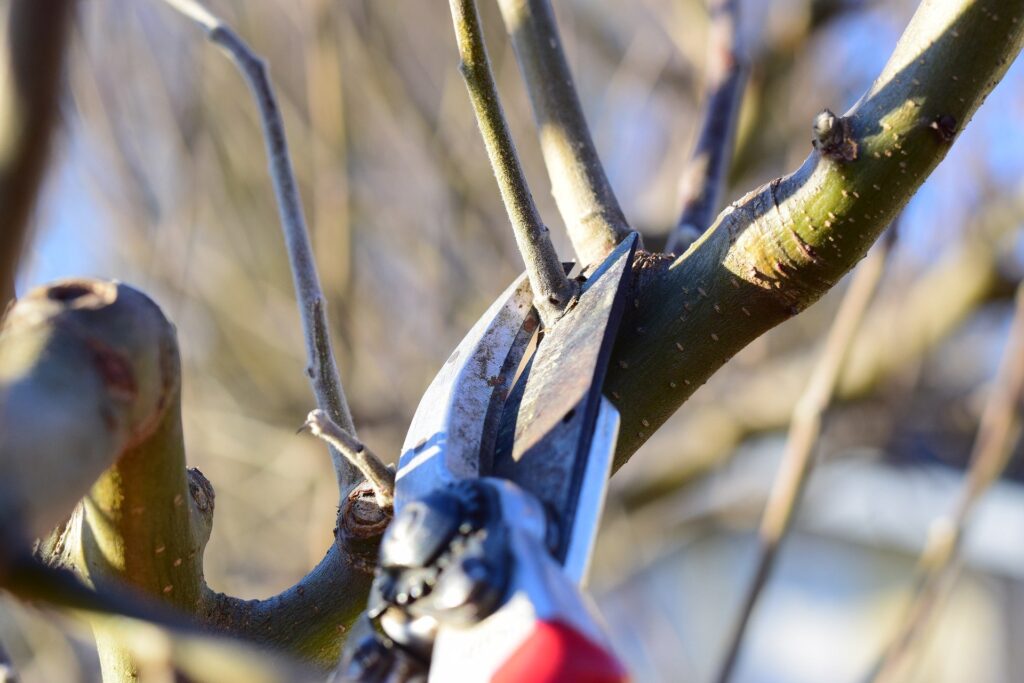
Pruning is an essential technique to help maintain your trees and large shrubs, but it isn’t as simple as just hacking off some bits that protrude. Good pruning has multiple benefits and a variety of techniques whereas bad pruning will result in harm.
Most people don’t prune until there is an issue (normally too much growth towards property or blocking light) but pruning before there is an issue will help avoid them in the first place. Let’s look at some pruning techniques used by arborists.
As the description suggests the aim is to thin out the density of the tree allowing more air and light in. Trees don’t always grow in a way that is beneficial to themselves so sometimes thinning is used to remove excess interior branches. It also reduces weight so needs to be done in a balanced way.
By carefully selecting the right branches you can retain the overall shape and size of the tree and get the benefits of more air and light which will keep the tree healthier and promote new growth to replace what has been pruned.
This is the process of removing dead, broken and unhealthy branches from the tree. Often called crown cleaning it’s a simple technique that only removes branches that are obviously dead, damaged or dying.
Not only does this improve your tree’s look, but like all pruning techniques, it’s obviously beneficial to the tree, especially if there is a diseased limb and it prevents it from spreading. Removing unhealthy large branches also prevents fall damage too so it’s a vital technique in tree health.
Lifting targets low-hanging branches only in order to give access to a utility cable or new building etc. It needs to be done carefully as removing large lower limbs can unbalance the tree and create uneven future growth and also possibly become a fall risk. But it also improves the tree’s strength and integrity, boosting its height above. It’s vital to allow walkways for people too but it’s a technique that works best on younger trees, not mature large established ones.
This is simply reducing the tree’s overall size for a variety of reasons, but often to allow light, prevent utility cable interference or just for cosmetic reasons. This technique also improves your tree’s integrity and is one of the more common techniques as it prevents them from becoming too heavy in the cross section (it’s often called crown reducing).
All these pruning styles rely on knowing when to do them, how much and what works best for each tree or large shrub. Your local arborist will mix and match these pruning methods but always to achieve the end goal. For more details about having your trees pruned professionally then don’t hesitate to get in touch.